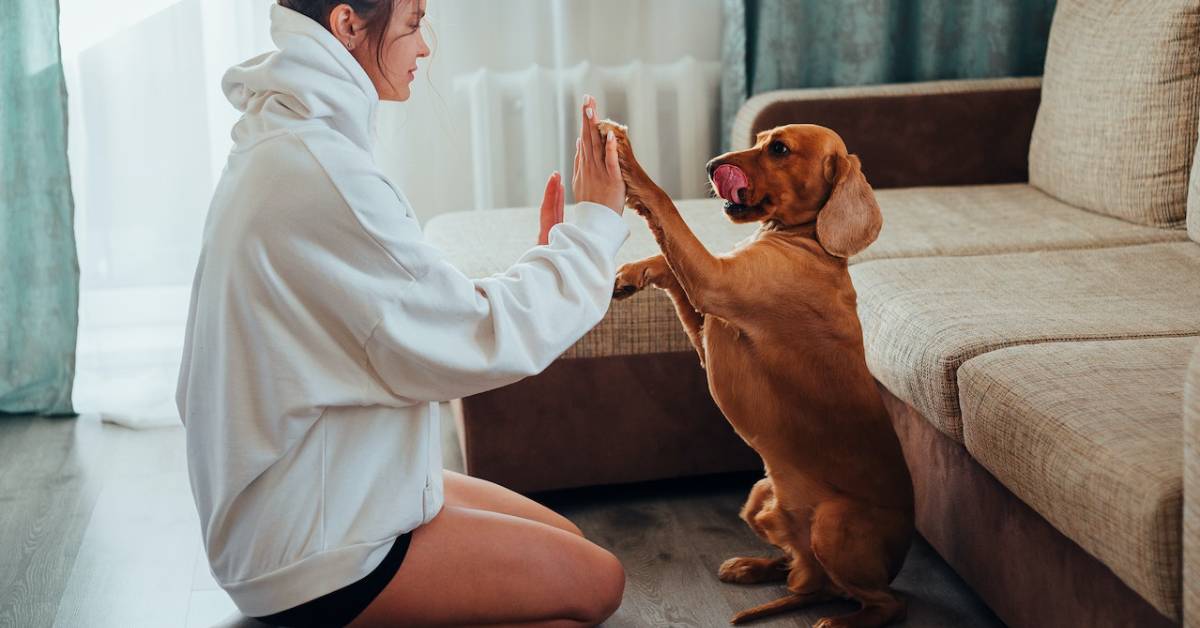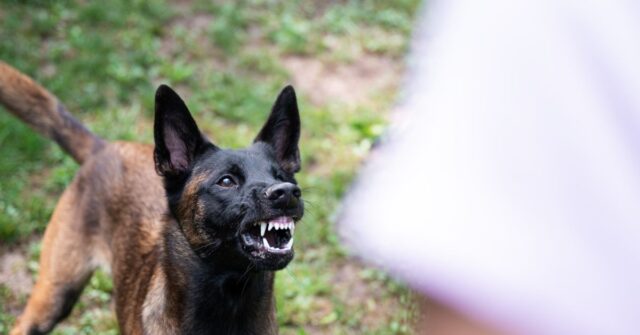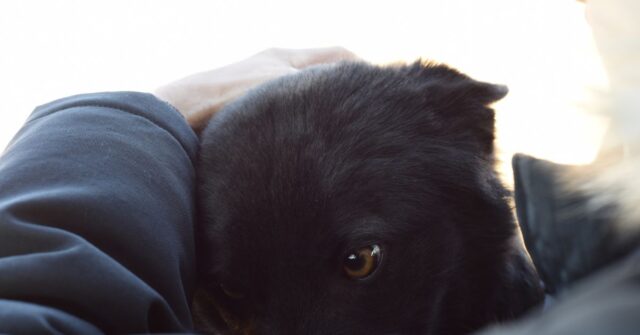Whether you’re a first-time pet parent or a seasoned dog lover, understanding the most effective training methods can make a significant difference in both your life and your pet’s.
This guide will dive deep into two primary approaches to dog training: Positive Reinforcement and Traditional Techniques.

Introduction
Training a dog is much more than teaching tricks; it’s about creating a well-behaved member of the family who knows how to behave in various situations.
In this section, we will explore why dog training is so essential and provide an overview of what this article covers.
Why Dog Training Is Essential
Dog training is crucial for several reasons. It ensures the safety of both the dog and the people around it.
A well-trained dog is less likely to display undesirable behaviours like excessive barking, jumping, or even aggressive tendencies.
Moreover, training strengthens the bond between the owner and the pet, making for a more harmonious living environment.
Scope of the Article
This article aims to provide an exhaustive comparison between Positive Reinforcement and Traditional Training Techniques. We will examine their efficacy, potential risks, and practical examples.
Additionally, we will offer insights from veterinarians and professional dog trainers to help you make an educated decision for your canine companion.
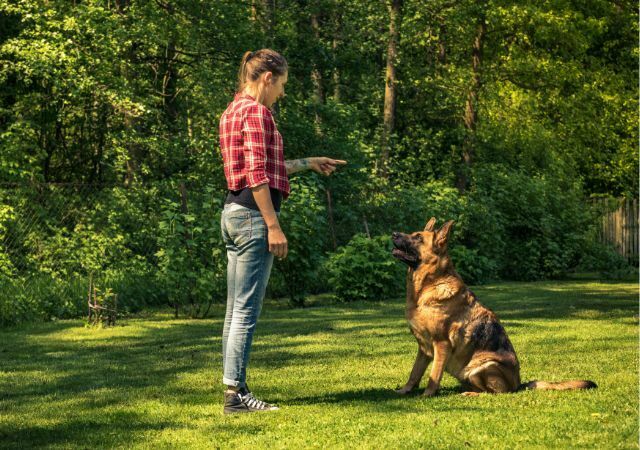

The Importance of Understanding Your Dog’s Behaviour
Before diving into the training methods, it’s essential to understand your dog’s behaviour and psychology.
Knowing why your dog acts in a particular way can make the training process easier and more effective.
Canine Psychology Basics
Understanding canine psychology involves studying the dog’s natural instincts, social structure, and behavioural patterns.
For example, many dogs have a pack mentality and often look up to a ‘leader’. Recognizing these fundamental characteristics can significantly aid in the training process.
Common Behavioural Issues
Common issues such as separation anxiety, aggression, and excessive barking often stem from underlying psychological or emotional factors.
It’s crucial to identify the root cause of these behaviours to effectively address them through training.
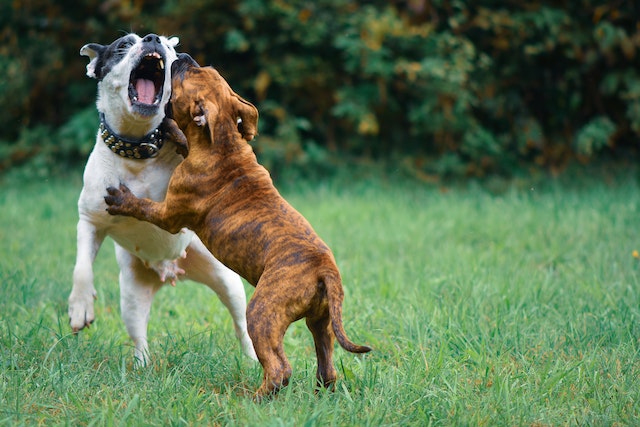

The Landscape of Dog Training in Australia
In Australia, dog training has evolved considerably over the years, reflecting changes in our understanding of canine psychology and welfare.
This section will provide a historical perspective on dog training philosophies and discuss modern trends in Australia.
Training Philosophies: A Historical Perspective
Traditional dog training methods in Australia have roots in military dog training, which focuses on discipline and obedience.
However, with advancements in behavioural science, more humane and psychologically sound methods have come into play, like Positive Reinforcement.
Modern Trends in Australia
Recent years have seen a shift towards more humane training methods, emphasizing positive reinforcement and avoiding aversive techniques.
Many Australian dog trainers now hold certifications in animal behaviour and actively discourage punitive measures.
Traditional Training Techniques
Traditional training methods are often rooted in establishing the owner’s dominance and correcting undesirable behaviours through physical means or intimidation. Let’s examine these methods in detail.


What Are Traditional Training Techniques?
Traditional training methods usually involve correction-based techniques. This could include leash corrections, verbal reprimands, or even physical punishment to discourage undesirable behaviours.
Pros and Cons
Like any training approach, traditional methods come with their pros and cons. Below we’ll examine their effectiveness and potential risks.
Effectiveness
Some owners find these methods to be effective, especially for immediate behaviour correction.
However, this does not always translate to long-term behavioural change and often requires continual reinforcement.
Potential Risks
Traditional methods can potentially harm the dog both physically and emotionally.
Techniques involving punishment can induce fear, leading to anxiety or even aggressive behaviour in the long term. This can cause aggression toward humans and other dogs when socialising.
Examples of Traditional Training Methods
We’ll look at some specific traditional techniques commonly used in training, explaining how they work.
Choke Collars
Choke collars are designed to tighten around a dog’s neck when it pulls on the leash, thus discouraging the behaviour.
While some find this effective, it poses a risk of physical harm and can be distressing for the dog.
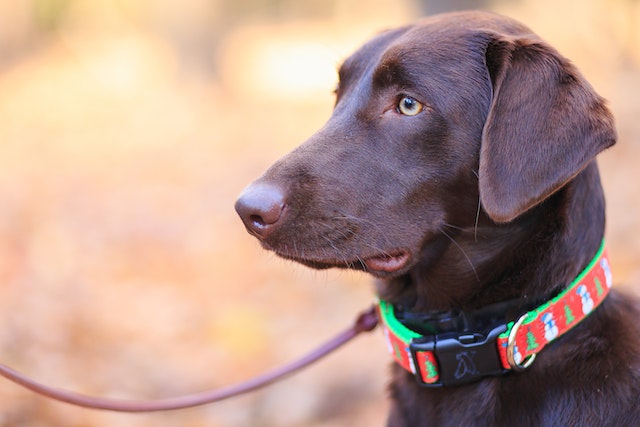

Physical Corrections
Physical corrections such as a ‘tap’ on the nose or holding the dog’s muzzle closed are sometimes used to discourage behaviours like barking or nipping.
These methods can be confusing for the dog and could lead to fear or aggression.
Positive Reinforcement Training
Positive Reinforcement focuses on rewarding the dog for good behaviour rather than punishing it for undesirable actions. This section will delve into the details of this training philosophy.
What Is Positive Reinforcement?
Positive Reinforcement involves the use of rewards, usually treats or affection, to encourage desirable behaviours. The idea is that rewarded behaviours are more likely to be repeated.
Pros and Cons
Like any approach, Positive Reinforcement has its strengths and weaknesses. Let’s explore both aspects.
Effectiveness
Positive Reinforcement is generally effective for teaching new behaviours and commands. It’s also beneficial for building a trusting relationship between the dog and the owner.
Potential Limitations
One limitation is that it may not be effective for immediate behaviour correction in high-stress or dangerous situations.
It’s also essential to be consistent and timely with rewards for the training to be effective.
Examples of Positive Reinforcement Methods
Let’s examine some popular techniques that fall under Positive Reinforcement.
Treats and Rewards
Using treats or toys as rewards is perhaps the most straightforward form of Positive Reinforcement. The key is to offer the reward immediately after the desired behaviour is exhibited.


Clicker Training
Clicker training involves the use of a small device that makes a ‘click’ sound to mark the desired behaviour. This is followed by a reward, helping the dog associate the ‘click’ with positive feedback.
Comparing Traditional Techniques and Positive Reinforcement
After examining both methods individually, let’s take a moment to compare them side by side to help you decide which method is more appropriate for you and your furry friend.
Effectiveness in Addressing Behavioural Issues
Both methods have shown effectiveness in different contexts.
While Positive Reinforcement is generally more effective for teaching new behaviours, Traditional Techniques may offer quicker solutions for immediate behaviour correction.
Long-Term Impact on Dog’s Mental Health
Positive Reinforcement tends to create a more trusting and less stressful environment for dogs. Traditional methods, particularly those involving punishment, could lead to anxiety or aggressive tendencies.
Cost Implications
Generally, Positive Reinforcement may involve ongoing costs for treats and toys, whereas Traditional Techniques might require an initial investment in equipment like choke collars.
However, potential vet bills resulting from physical harm or stress-related issues with Traditional Methods could prove more costly in the long run.
Time and Commitment Required
Positive Reinforcement typically requires a consistent and ongoing commitment from the owner.
Traditional Techniques might offer quicker results but often require continual reinforcement to maintain the behaviour.
Expert Opinions
It’s essential to understand what professionals in the field of animal behaviour and veterinary medicine have to say about these training methods.
What Australian Veterinarians Say
Many Australian veterinarians advocate for Positive Reinforcement methods, citing less risk for physical and emotional harm. They generally recommend these methods for a happier, healthier pet.
Insights from Professional Dog Trainers
Professional dog trainers in Australia are increasingly leaning towards Positive Reinforcement, though some still use a mix of techniques depending on the situation.
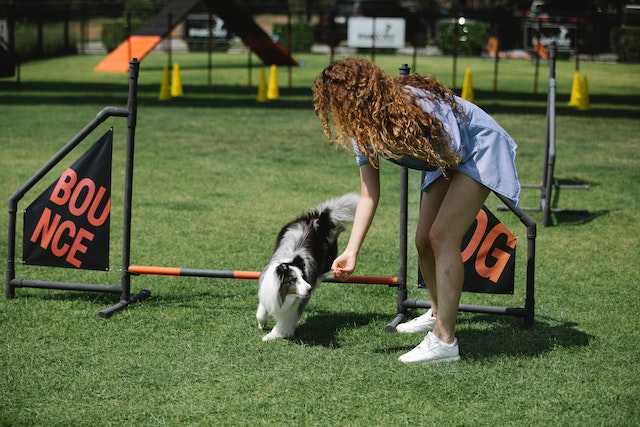

Community Opinions and Surveys
Lastly, we’ll delve into what everyday Australian dog owners think about these training methods. After all, practical, real-world experiences can offer invaluable insights.
Feedback from Australian Dog Owners
We surveyed a group of Australian dog owners to gather first-hand experiences with both Positive Reinforcement and Traditional Training Techniques. The feedback was quite illuminating.
Positive Reinforcement: User Experiences
Most respondents who used Positive Reinforcement reported a more robust bond with their pets. They observed that their dogs seemed happier and were more eager to learn.
One dog owner from Sydney mentioned:
“My dog, Coco, used to be anxious and skittish. Positive Reinforcement has not only improved her behaviour but also made her more confident.”
Traditional Techniques: User Experiences
Those who used Traditional Techniques had mixed reviews. While some claimed effectiveness, especially for immediate behaviour correction, others reported increased aggression or anxiety in their pets.
A respondent from Melbourne shared:
“I used choke collars initially, and it did stop my dog from pulling. But he became noticeably more nervous around me.”
Online Surveys and Studies
Several online surveys and academic studies have aimed to quantify the effectiveness of various dog training methods. Here are some noteworthy findings:
Positive Reinforcement: Survey Results
A study published in the ‘Journal of Veterinary Behavior’ found that Positive Reinforcement techniques were associated with lower levels of stress, aggression, and fear in dogs.
Over 70% of Australian dog owners who participated in the survey preferred this method for its humane approach.
Traditional Techniques: Survey Results
Another survey focusing on Traditional Techniques indicated that around 40% of respondents believed these methods to be effective.
However, this same group also reported higher instances of problematic behaviours, including fear-based reactions and aggression.
Combined Methods: Survey Results
Interestingly, a subset of the population used a blend of both techniques.
These dog owners often resorted to Traditional Techniques for immediate behaviour correction but used Positive Reinforcement for teaching new skills and commands.
The satisfaction rate in this group was variable, indicating that a tailored approach might work best for some dogs.


Legal Considerations
It’s crucial to be aware of the legal landscape surrounding dog training, especially in Australia. In this section, we will explore relevant regulations and permits.
Australian Regulations on Dog Training
Australia has specific regulations concerning animal welfare, some of which apply to dog training. Methods involving physical harm or extreme stress may be subject to legal consequences.
Permits and Licenses for Dog Trainers
If you’re considering hiring a professional dog trainer, ensure they have the necessary permits and certifications.
This not only assures quality but also ensures that the trainer is compliant with Australian laws and regulations.
Conclusion
Choosing the right training method for your dog is an important decision that will impact both of you for years to come.
Both Positive Reinforcement and Traditional Training Techniques have their merits and drawbacks, and the best choice often depends on your specific situation and your dog’s individual needs.

